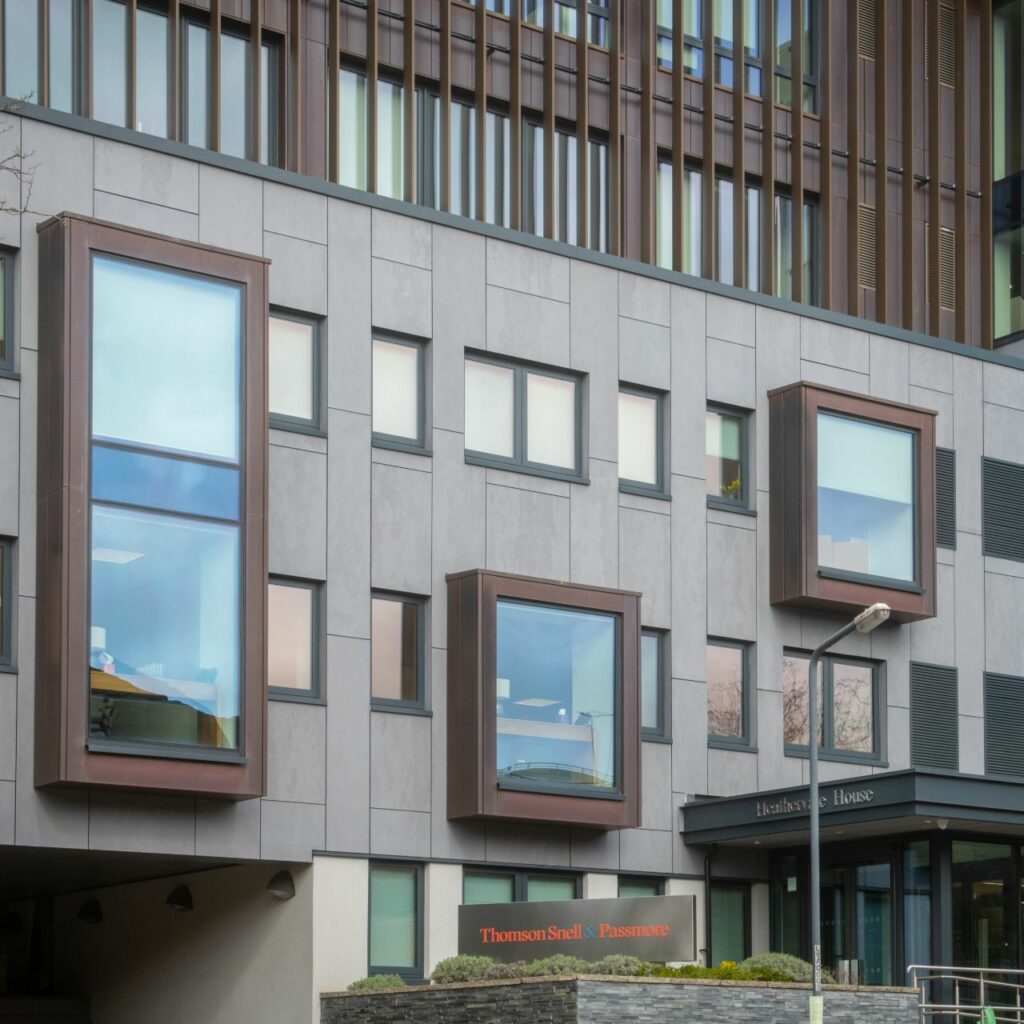A legacy of trust,
a history of diligence,
a reputation for excellence.
With innovative working practices driven by your needs, and a legacy as the oldest law firm in the world.
Thomson Snell & Passmore combines experience and expertise to deliver complete peace of mind, get you the results you want and protect your interests at every turn.
Awards, accreditations & testimonials














